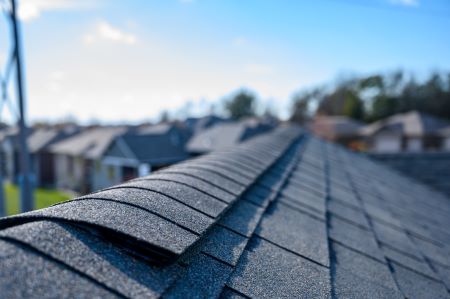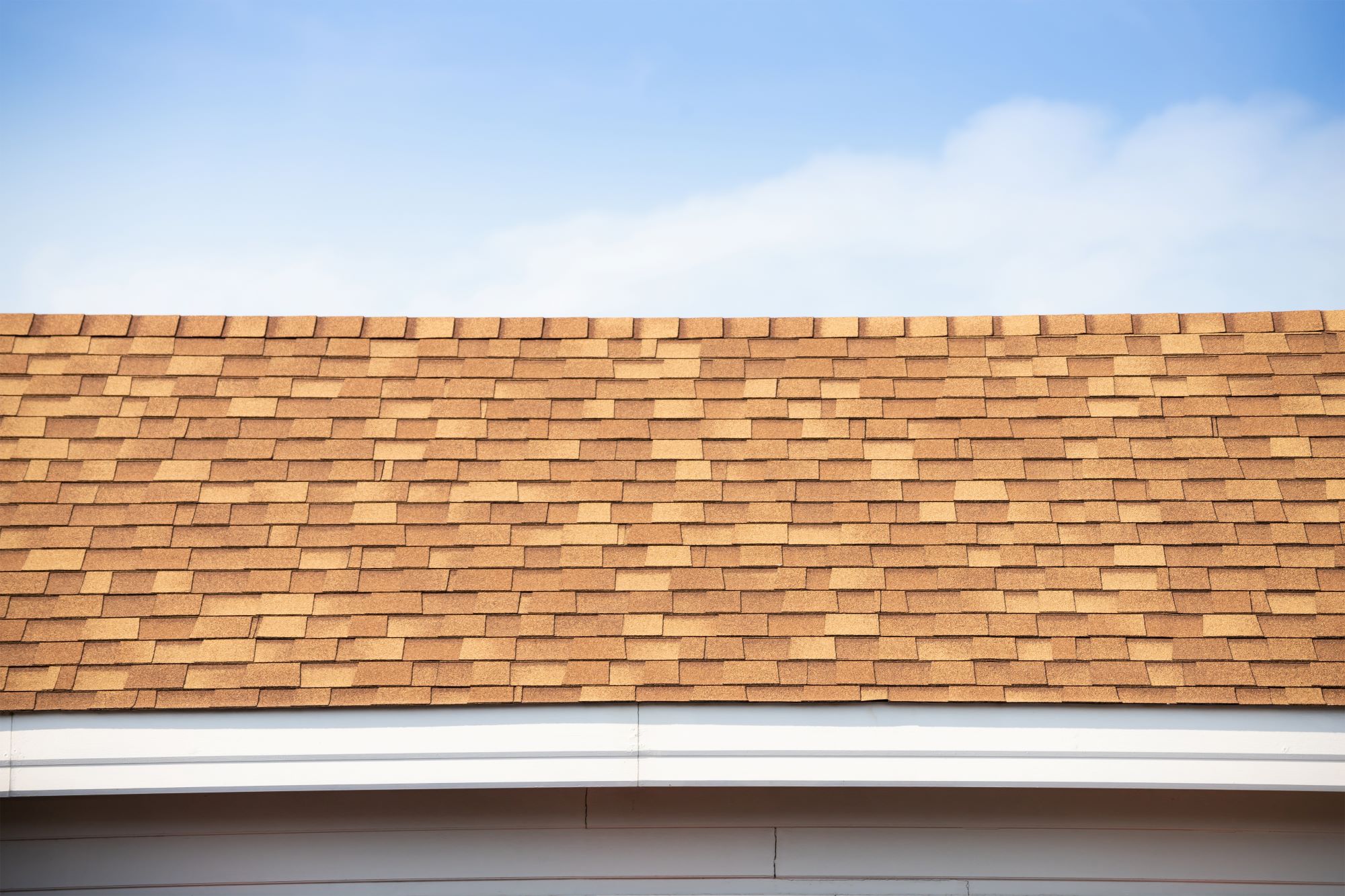Selecting the right roofing materials is pivotal for homeowners and property managers, especially when considering the challenges posed by weather-related damages, such as leaks, storm damage, and the inevitable need for repairs or shingle replacement. The choice of roofing materials significantly influences the durability, aesthetic appeal, energy efficiency, and overall maintenance requirements of a roof. This comprehensive guide explores various roofing materials, focusing on their benefits and suitability for different roofing needs, including leaky roof repair, shingle replacement services, emergency roofing repair, and storm damage roof repair.
Asphalt Shingles: The Versatile Choice
Asphalt shingles are one of the most popular roofing materials due to their cost-effectiveness, ease of installation, and a broad selection of colors and styles. They are particularly suited for:
- Leaky Roof Repair: Asphalt shingles make detecting and repairing leaks relatively straightforward. Many local roofers specialize in quickly identifying the affected shingles and replacing them, minimizing water damage.
- Shingle Replacement Services: Due to their popularity, finding matching shingles for repairs or partial replacements is easy, ensuring a consistent look across the roof.
However, their lifespan, typically between 20 to 30 years, is shorter than some more durable materials, and they may not be the best choice for extremely harsh weather conditions.
Metal Roofing: Durability and Efficiency
Metal roofing, made from materials like aluminum, steel, copper, or zinc, offers exceptional durability, longevity (40 to 70 years), and energy efficiency. Its advantages include:
- Emergency Roofing Repair: Metal roofs withstand severe weather conditions exceptionally well, reducing the likelihood of emergency repairs. Their resilience makes them ideal for regions prone to extreme weather.
- Storm Damage Roof Repair: Metal roofing is highly resistant to wind, hail, and fire, making it an excellent choice for areas susceptible to storms and wildfires.
Additionally, metal roofs reflect solar radiant heat, which can reduce cooling costs in the summer. Despite a higher initial cost, their longevity and minimal maintenance needs make them a cost-effective choice over time.
Tile Roofing: Elegance and Longevity
Tile roofs, whether clay, concrete, or slate, offer a blend of aesthetic appeal and durability, with lifespans ranging from 50 to over 100 years for slate. They are particularly beneficial for:
- Storm Damage Roof Repair: Tiles are incredibly durable and can withstand high winds, hail, and even fire, making them an excellent option for areas prone to severe weather.
- Leaky Roof Repair: Tile roofs offer excellent water-shedding capabilities. However, repairs should be handled by professionals experienced in tile roofing to preserve their integrity and appearance.
Tile roofing is more expensive and requires a sturdy structural foundation due to its weight, but its durability and low maintenance make it a worthwhile investment for the right property.
Wood Shingles and Shakes: Natural Beauty with Maintenance
Wood shingles and shakes offer a natural, rustic aesthetic that blends well with certain architectural styles. Their advantages include:
- Aesthetic Appeal: Wood roofing adds natural beauty and character to homes, aging gracefully into a distinctive weathered look.
- Insulation Properties: Wood has natural insulating properties, contributing to energy efficiency.
However, they require regular maintenance to prevent moss, mold, and rot and may not be the best choice in fire-prone areas unless treated with fire retardants. Wood roofing is suitable for homeowners who are committed to its upkeep and seek a natural aesthetic.
Composite Roofing: The Synthetic Alternative
Composite or synthetic roofing materials, made from a mixture of fiberglass, recycled paper products, and other materials, mimic the look of wood shakes, slate, or tiles without their drawbacks. Benefits include:
- Versatility: Composite shingles can replicate the look of more expensive materials at a lower cost.
- Durability: They are resistant to fire, impact, and mold, requiring less maintenance than natural materials.
Composite roofing is an excellent option for those who want the aesthetic appeal of natural materials with increased durability and less maintenance.

Green Roofing: The Eco-Friendly Choice
Green roofs, covered with vegetation, offer numerous environmental benefits, including stormwater management, reduction of urban heat island effect, and improved insulation. They are ideal for:
- Energy Efficiency: The vegetation layer provides natural insulation, reducing heating and cooling costs.
- Urban Environments: Green roofs can help reduce the overall temperature in densely populated areas and improve air quality.
Green roofs require significant structural support, waterproofing, and a commitment to maintenance, making them more suited to specific project types, especially in urban settings.
Factors to Consider
When choosing roofing materials, consider the following factors:
- Climate: Select materials that can withstand the local weather conditions, be it heavy snow, high winds, or intense sun.
- Aesthetic Preferences: The material should complement the architectural style of your home or building.
- Budget: Consider both the initial installation cost and the long-term maintenance and replacement costs.
- Maintenance Requirements: Be realistic about the time and money you are willing to invest in maintenance.
- Energy Efficiency: Some materials offer better insulation and reflectivity, potentially lowering energy costs.
Conclusion
Choosing the right roofing material requires balancing durability, cost, aesthetic appeal, and maintenance needs. Whether facing leaky roof repair, needing shingle replacement services, preparing for emergency roofing repair, or repairing storm damage, the right material can significantly impact the longevity, performance, and appearance of your roof. Asphalt shingles offer versatility and affordability, metal roofing provides durability and efficiency, tile roofs offer longevity and elegance, and wood shingles deliver natural beauty with a commitment to maintenance. Composite materials present a synthetic alternative with diverse aesthetic options, while green roofing stands out as an eco-friendly choice with unique benefits and requirements. By carefully considering your specific needs, preferences, and local climate, you can select the roofing material that best suits your project, ensuring a durable, functional, and visually appealing outcome.

